
Marmod empowers you to:






Measure ROI and sales by media channel
Identify the impact of seasonality, external factors, price changes, and distribution shifts on your sales
Simulate different marketing scenarios and predict your sales based on potential future strategies
Make data-driven decisions on how to allocate your budget across different media channels
Analyze the delayed effect of media campaigns
How it works
We analyze how sales fluctuate based on changes in various factors using monthly or weekly data. We then assign a sales conversion rate to each factor
We leverage sales history and advertising campaign data to train a machine learning model. This model automatically identifies patterns and calculates the influence of each factor on sales
Marmod analyzes how sales history is influenced by various factors, including media, distribution, price, and seasonality. We leverage econometric modeling with machine learning to identify patterns and automatically calculate the impact of each factor on sales.
The core approach
Marmod select coefficients for the factors to make the model as close to reality as possible. The influence coefficients and AdStock's delayed effect are calculated for each factor so that the model is as close to reality as possible by the ordinary least squares













What data we need
Sales data (or other KPI: traffic, leads, orders, etc.) for a minimum of 30 months/weeks
Distribution and price data relative to competitors for the same period
Media budgets and optionally: impressions, ratings for the same period
Data on changes in the product, if any
The оther data is individually discussed with Marmod`s analysts

Attention:
To ensure the best possible results, we recommend having at least 30 weeks/months of data for your sales and marketing information
Accurately predicting media effectiveness requires historical data. While we can't predict future performance for entirely new media efforts, we can analyze its impact once the campaign is running and we have at least 5-6 weeks of data.
Marketing Mix Modelling (MMM)
Marketing Mix Modeling (MMM) is a statistical method that helps to estimate the impact of various factors on brand sales or other KPIs.



MMM/MMO models help you understand:
- sales uplift from marketing
- which media channels are driving the most sales and which ones might be less effective
- the capacity of media channels
- which media channels are driving the most sales and which ones might be less effective
- the capacity of media channels
The MMM model calculates
- return on investment (ROI)
- the contribution of each factor to sales
- a sales formula that can be used to make forecasts
- the response curve of each media
- the contribution of each factor to sales
- a sales formula that can be used to make forecasts
- the response curve of each media
The following are used for the calculation Internal factors:
- media budgets and audience figures
- promotional activities
- price changes
- distribution and sales geography
- product launches
- advertising messages
- promotional activities
- price changes
- distribution and sales geography
- product launches
- advertising messages
And external
factors:
factors:
- competitors activity
- economic indicators
- seasonality
- black swans and others
- economic indicators
- seasonality
- black swans and others
How it works
Sales = baseline sales+factor1+factor 2+factor 3, etc.
Each factor is calculated with a conversion factor to sales, as well as adding the delayed effect and the capacity effect. The calculation is done using the ordinary least squares
Case
Product
Data
Tasks
Price
FMCG-brand
- Sales data three years+
- Media placements (audience metrics and budgets)
- Holidays and events
- Promo and BTL-activities
- Media placements (audience metrics and budgets)
- Holidays and events
- Promo and BTL-activities
- Calculate the contribution of media and non-media factors to sales
- Determine the optimal shares of image and product TV in the mix
- Optimize the media mix to maximize sales while increasing the budget
- Determine the optimal shares of image and product TV in the mix
- Optimize the media mix to maximize sales while increasing the budget
Middle+


The sales model

Sales,kg

Sales
breakdown
breakdown

Media effectiveness

Optimization

To increasing the budget needs to reduce the share of OLV in favour of image TV and SMM
Glossary
A statistical method for marketing mix optimisation based on econometric modelling.
The level of sales a brand would have without proprietary and competitive marketing activity and without changes in distribution and price.
Television, radio, press, digital advertising, social media and other advertising channels.
An indicator of marketing efficiency. Media contribution to rub/media investment.
The contribution of each marketing tool to sales expressed in KPI units (packs, kilograms, leads, etc.)
Sales Conversion Rate. Shows how many sales each factor brings in.
The delayed impact of advertising оn sales.
The relationship between advertising budget and sales/brand awareness. It allows you to understand how much investment allows you to achieve the required level of sales/awareness and how to increase them when optimising your media plan.
Contribution of each factor to the selected KPI (sales, leads, knowledge). Shows how much sales each media channel brings, external factors, events, as well as the negative impact of competitors and price increases.

Easy campaigns
planning with Marmod
planning with Marmod
in@marmodmetrics.com



